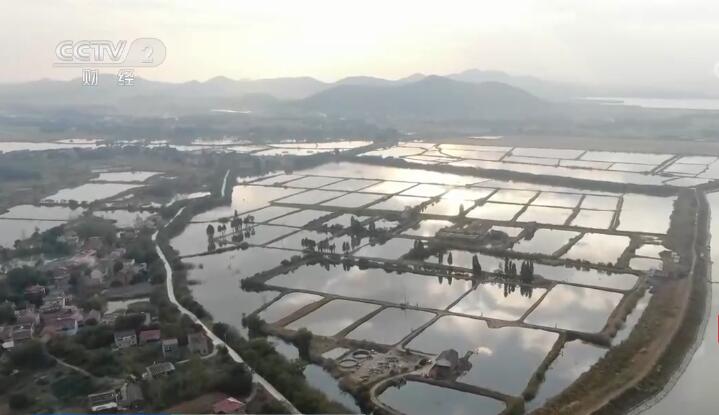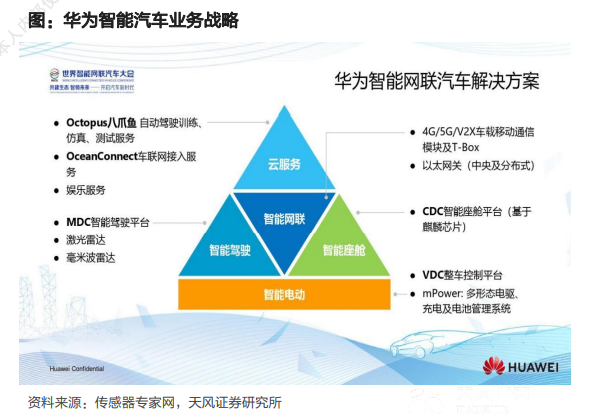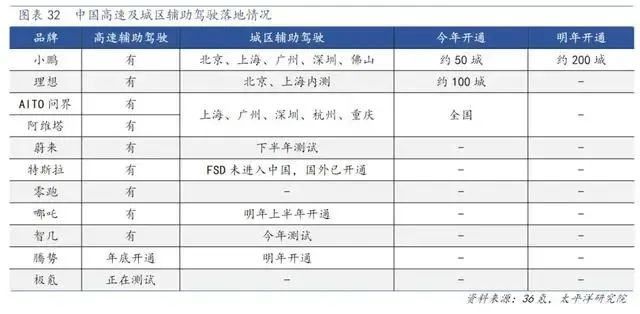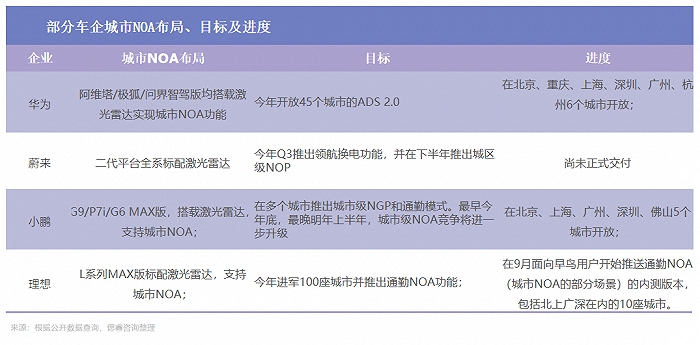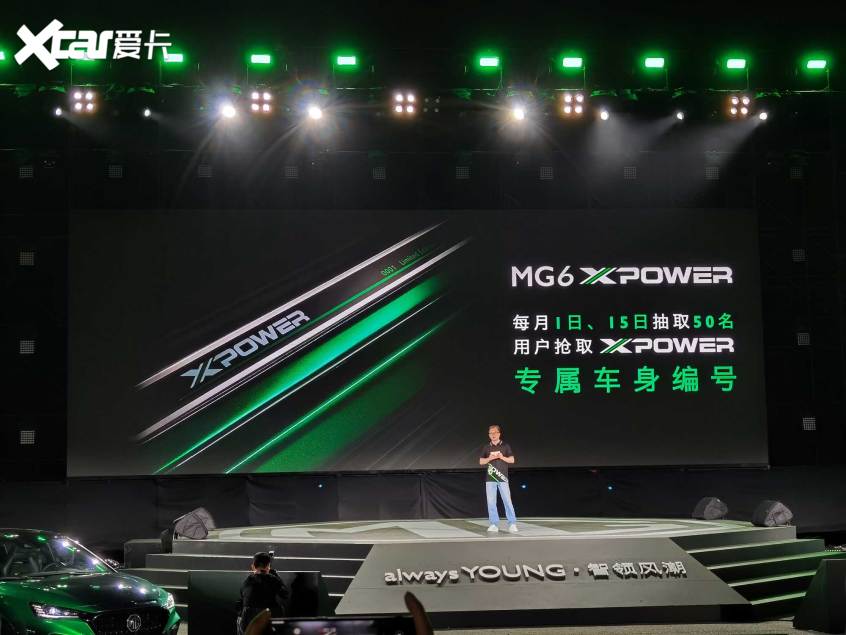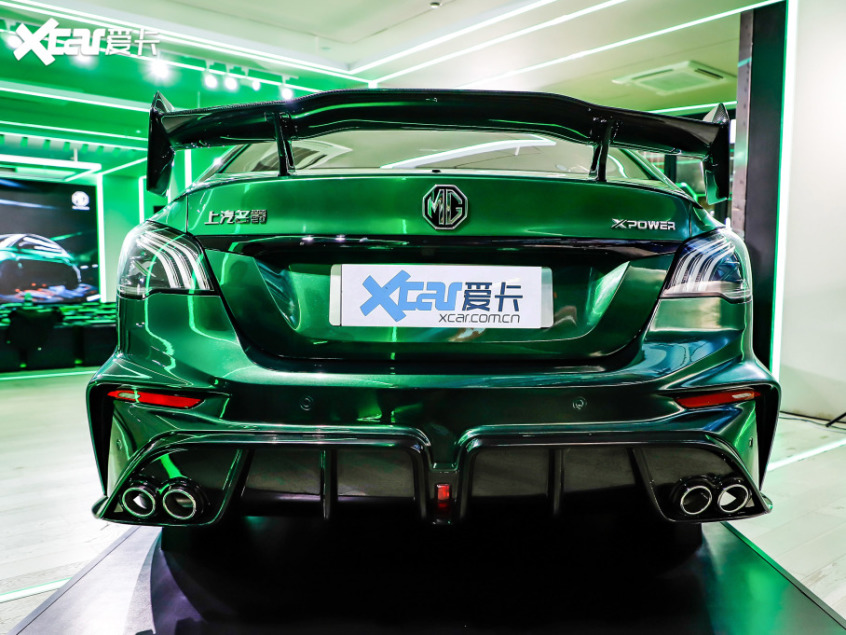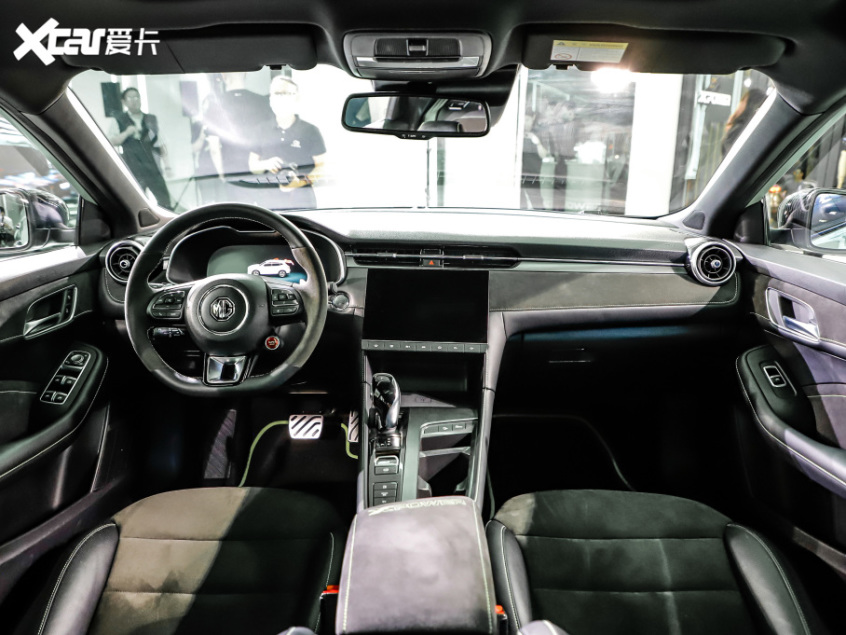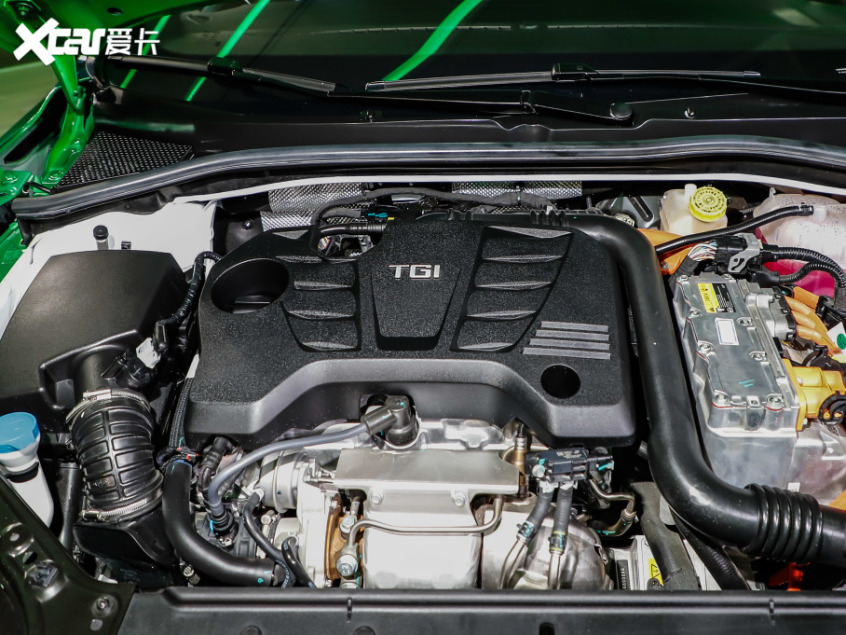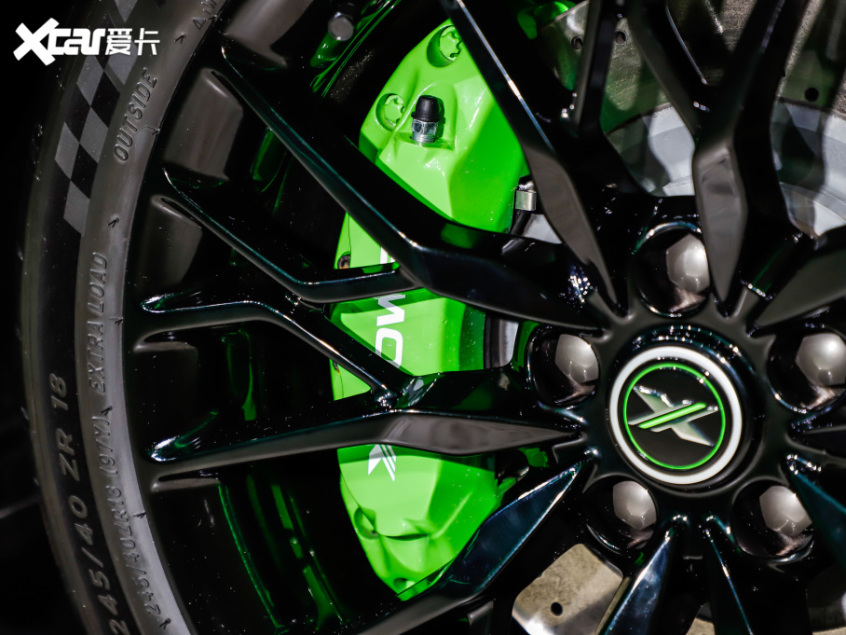Strive to promote the modernization of regional social governance in the new era
[Study and implement the spirit of the Fifth Plenary Session of the 19th CPC Central Committee]
Author: Wang Bintong, vice president and researcher of northwest university of politics and law Fengqiao Institute of Experience and Social Governance.
The modernization of municipal social governance is the proper meaning of the modernization of national governance system and governance capacity, and it is also an important foundation for the new promotion and development of national governance efficiency. The Decision of the Fourth Plenary Session of the 19th CPC Central Committee put forward the strategic goal of "building a new pattern of grass-roots social governance" and the action goal of "accelerating the modernization of regional social governance", which marked that regional social governance entered a new stage. The Central Committee of the Communist Party of China’s Proposal on Formulating the 14th Five-year Plan for National Economic and Social Development and the Long-term Target for the Year 2035, which was deliberated and adopted by the Fifth Plenary Session of the 19th Central Committee, once again made it clear that "strengthening and innovating regional social governance and promoting the modernization of regional social governance". In November, 2020, General Secretary of the Supreme Leader gave important instructions on the construction of a safe China, stressing that "we should closely focus on the overall goal of adhering to and improving the Socialism with Chinese characteristics system, promoting the modernization of the national governance system and governance capacity, implement the overall national security concept, take co-construction, co-governance and sharing as the guidance, focus on preventing and resolving outstanding risks affecting security and stability, and build a higher level of safe China with the modernization of municipal social governance, innovation of grass-roots social governance and activities to create peace".
The city region is at the key level in the national governance structure, which has the pivotal role of connecting the preceding with the following, the engine role of taking the city as the driving force, and the demonstration role of taking the point as the area. Compared with the grassroots, the city has a complete social governance system, has the natural advantages of coordinating all resources and mobilizing all governance factors, and has more obvious ability to resolve outstanding contradictions and major risks, but the governance objects are complex and diverse, and the governance risks are severe and significant. Therefore, we must attach great importance to it, actively plan and seriously promote it, so as to better prevent and resolve social contradictions and disputes, better promote the overall improvement of governance concepts, governance systems and governance capabilities, and better realize the long-term stability of the country.
First, build a multi-agent social governance system.
It is an important feature of social governance that multiple subjects work together to participate in governance. Realizing the modernization of social governance in the city can not be separated from the joint efforts of the party and government, society and the masses. Therefore, it is necessary to continuously improve the social governance system of party Committee leadership, government responsibility, democratic consultation, social coordination, public participation, legal protection and scientific and technological support, and create a social governance pattern of co-construction, co-governance and sharing. It is necessary to give full play to the governance wisdom of the party and government, society and the masses, continue to maintain the fine tradition of cadres and the masses working together and seeking common governance, rationally face the complicated and ever-changing social governance situation, and successfully solve all kinds of chronic diseases and problems existing in regional social governance. In particular, it is necessary to give full play to the institutional advantages of the party’s leadership in municipal social governance, strengthen the party’s leadership in all regions, processes and all directions, and implement the party’s leadership in all fields, aspects and links of municipal social governance; It is also necessary to strengthen the leading role of the government in social governance, improve the ability of the government to perform its duties according to law, earnestly strengthen the construction of a government ruled by law, and promote the optimization, coordination and efficiency of the government functional system; We must also respect the people’s initiative, safeguard the people’s dominant position, take into account the diversity and differentiated demands of different social strata in the regional social governance, guide all kinds of social organizations and market players to actively participate in the work of serving the society, preventing and controlling risks, resolving disputes, etc., activate the grassroots cells of social governance, improve the urban and rural grassroots governance system in which party building leads autonomy, rule of law and rule of virtue, and maximize the complementary advantages and benign interaction between the party and government, society and the masses.Form a strong synergy to solve the problems of social governance and safe construction.
Second, inject new era connotation into the modernization of regional social governance
The focus of social governance in the city is at the grassroots level, and the birthplace of "Fengqiao Experience" in the new era is also at the grassroots level. "Fengqiao Experience" in the new era, as the crystallization of the wisdom of social governance of cadres and the masses under the leadership of the Party, is not only regarded as a banner of the front line of comprehensive management of politics and law and a model for resolving grassroots contradictions and maintaining social stability, but also developed into a "China plan" for the modernization of social governance. Therefore, we should persist in developing the "Maple Bridge Experience" in the new era, improve the mechanism of multiple prevention, mediation and resolution of social contradictions and disputes, and implement systematic governance, legal governance, comprehensive governance and source governance in the whole process of social governance, thus injecting new era connotation into the modernization of regional social governance. Creating an upgraded version of "Fengqiao Experience" in the new era with regional characteristics is the proper meaning of promoting the modernization of regional social governance. At present, Nanhai District, Foshan City, Guangdong Province plays a three-level linkage role, especially in towns and villages, a large mediation pattern of "one center (multi-contradiction dispute resolution center) overall planning+multi-department (judicial, human society, court, community police squadron) stationing joint+village residence grassroots prevention" and a working mechanism of "one-stop reception, one-stop mediation and one-chain solution" have been established, forming a vertical connection. Zaoyuan Sub-district Office of Baota District, Yan ‘an City, Shaanxi Province has accelerated the construction of a comprehensive management center.Leading the innovation of social governance with the spirit of Yan ‘an, promoting the creation of peace with the "frontline work method", integrating grassroots social governance forces, optimizing the allocation of resources such as people and property, realizing the organic integration of convenient service and conflict resolution at the township level, and striving to achieve the goal of "only entering one door" and "running at most one place" for the masses to handle affairs and resolve disputes. These practices are typical examples of consolidating the grassroots foundation, innovating the system and mechanism, and persisting in developing the "Fengqiao experience" in the new era, which provides a powerful reference and an effective path for promoting the modernization of social governance in the city.
Third, based on the city to build a governance model with distinctive regional characteristics
We should base ourselves on the city, adjust measures to local conditions, reflect our advantages, explore and form a governance model with distinctive regional characteristics, and provide a steady stream of practice and experience support for enriching and developing Socialism with Chinese characteristics’s social governance system. This is determined by the contradiction between the people’s growing needs for a better life and the unbalanced development, and it is also in line with the obvious differences in the economic, social and cultural development status quo throughout the country. The modernization of regional social governance should not only strengthen the top-level design, make a comprehensive consideration, put forward a clear direction and task, but also give full play to the initiative and enthusiasm of the local authorities, respect the pioneering spirit of local cadres and masses, and form a vivid situation of "letting a hundred flowers blossom". At present, Zhuji City, Zhejiang Province has promoted the construction of four platforms: comprehensive management, market supervision, comprehensive law enforcement and convenience service, strengthened the close interaction between "online" and "offline", highlighted the advantages of big data, and formed a co-governance and co-construction model with "platform" as the core, including town linkage, department linkage, political and social linkage and city integration. Ordos City, Inner Mongolia Autonomous Region implements the "1133" social governance model in pastoral areas, builds a grid service management system by building a practical comprehensive service platform, and builds three grass-roots work teams: resident work, people’s mediation, and political and legal services, and explores the working model of social governance informationization, integrated service mobility, and centralized fixed place.The service mode has changed from single to multiple, the government function has changed from management to service, and the work style has changed from passive service to active service, which has improved the party style, political style and folk customs and formed a "pastoral sample" for the modernization of social governance in the city. These experiences, which are in line with local conditions, have effectively enhanced the people’s sense of acquisition, happiness and security, and effectively promoted the process of modernization of social governance in the city.
In short, there is no end to practice and theoretical innovation. The modernization of regional social governance needs to take preventing and solving the problems of regional social governance as a breakthrough, base itself on reality, highlight characteristics, adhere to the combination of theory and practice, and combine development and innovation, and strive to build a social governance community in which everyone is responsible, everyone is responsible and everyone enjoys, so as to achieve social prosperity and stability and people live and work in peace and contentment.
(This article is the result of the "northwest university of politics and law Grassroots Social Legal Governance Research and Innovation Team" supported by the "Sanqin Scholars" innovation team)





